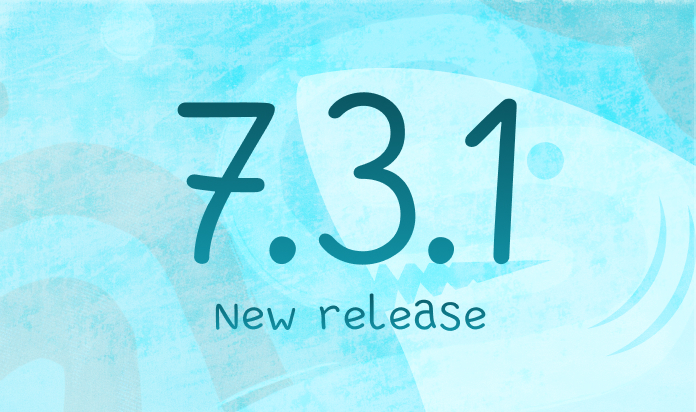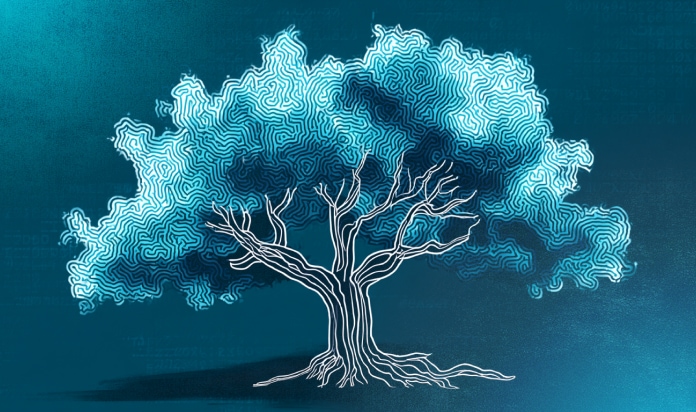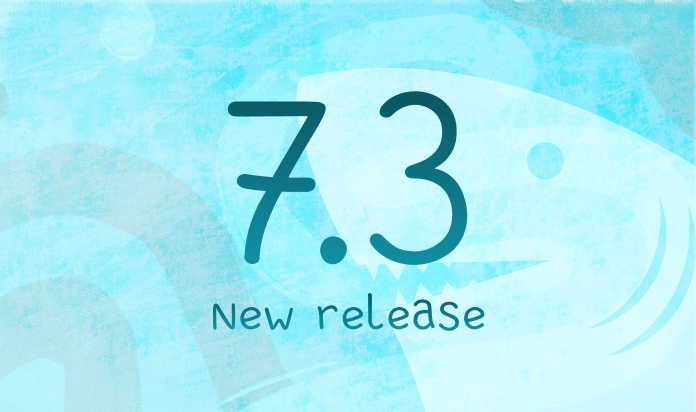Building Customers' Loyalty


True customer loyalty is akin to a successful marriage. It is a relationship in which both parties are satisfied with each other. They do not worry every day that the partner will stop loving them or leave them for someone else. They went through misunderstandings and disputes. They kept their bonds unbreakable and even strengthened them.
Strengthening such loyal bonds between a company and its customers is the essence of database marketing. Loyal customers are more valuable than regular ones. They tend to meet the following criteria.
- Have a higher level of retention
- Spend more money
- Spread recommendations more actively
- Have a higher aggregate value
- Require less maintenance costs
- Make more expensive purchases
Loyal customers are more valuable than regular customers.
Communications Aimed at Building Up Loyalty
Communications serve as a link between loyalty and database marketing. Loyalty is created and maintained through two-way communications between the company and customers. The latter make purchases and the former thank them for their financial support.
One of the most inexpensive but efficient ways to learn about customer preferences is to ensure that they themselves provide information to you. They can tell the company what they expect from their services. This can be done by mail or by phone, but today, businesses most often rely on the Internet. Creating a customer profile that includes information about their preferences provides a double advantage. The company learns more about the customer and the customer, in turn, feels that they are being listened to.
It is necessary to use a database to properly take into account the customers' wishes. You can use information from it daily to provide personal services to customers. To achieve this goal, the company should rely on an automated intelligent system.
Here is an example of a subscriber identification system.
Today, when customers call the bank's hotline, the call center operator addresses them by name, for example, "Hello, Mike. How can I help you?". This suggests that even a conservative sphere such as banking benefits from customer loyalty.
However, many companies have not yet realized that they can use the same method on their customers. You can employ the subscriber identification system. It will allow you to recognize the customer even before the operator answers the call. The record from the database should be automatically displayed on the computer screen. Thanks to this, the caller will not need to tell the operator their client number, address and so on.
Creating a customer profile has a double advantage. The company learns more about the consumer and the customer feels that they are being listened to.
Loyalty Strengthening Program
A loyalty program is a system in which the customer specifically signs up to participate in the program. They receive a personalized card that they use when making purchases. The card has a dual purpose. It provides the client with some privileges that they cannot obtain without it — and the company gets valuable information that it can use to build customers' loyalty.
Before implementing the loyalty program, you need to answer the following questions.
- What kind of customer behavior should be rewarded?
- Should you attract more customers or better customers?
- What is more important: increasing sales or profitability?
- What changes are required to attract more valuable customers to the company and retain them?
Companies use loyalty programs to solve many tasks: acquire customers, satisfy them and provide them with the right service. It will also help you to choose the right location of points of sale, the range of products and their quality. Today, you can build or increase loyalty by providing customers with bonus points or bonuses.
The main idea is to discard discounts on the product. Switching from discounts to bonuses brings a very powerful financial impact. There is a rather simple explanation to it. When a business gives a customer a discount, it loses "live" money and instantly reduces its revenue. The client accumulates bonuses with each visit. Afterward, they can either use them to pay for the products or get some kind of gift. Customers easily forget what discount they received and where — but they remember well where they can spend the points they have accumulated.
When a business gives a customer a discount, it loses "live" money.
A discount does not always have value for the customer, especially if it is not large. With the bonus program, you can go much further. You can not only use the scheme "X dollars = Y points" but also offer your clients an assortment of gifts. Such bonuses, even the most insignificant ones, bring your customers much more pleasure.
When the customer receives a gift for bonuses, they perceive it as something festive and it evokes positive emotions in them. They are happy to receive something for free and they will remember this gift longer than the discount.
When the customer receives a gift for bonuses, they feel positive emotions.
Three Basic Rules of Customer Loyalty
The first steps in managing a loyalty-based system are to find and acquire the right customers. Such customers can ensure the firm's constant cash flow and return on investment for future years. You can win and maintain their loyalty. Companies whose work is based on customer loyalty should remember three rules of thumb.
- Some customers are inherently predictable and loyal, regardless of which company they interact with. They just prefer a stable long-term relationship.
- Some customers are more profitable than others. They spend more money, pay their bills faster and are less demanding about the service they receive.
- Some customers will find your products and services more valuable than those of your competitors.
No company can give everything to everyone. Your strengths better match the needs and capabilities of a certain portion of your customers. Thus, to develop a successful business, you first need to attract the right customers. Then, you should develop programs to strengthen and maintain their loyalty. Such programs should be based on the company's attitude to these customers. Loyalty is bilateral: if a company wants customers to be loyal to it, it must be loyal to them.
For customers to be loyal to the company, the company must be loyal to them.
See also



